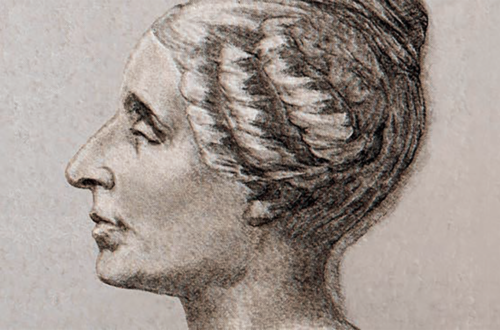Journal of the Mathematics Council of the Alberta Teachers’ Association
Volume 30 Issue 2, April 1992
In the late 1970s, the National Council of Teachers of Mathematics (NCTM) specified that the teaching and learning of problem solving skills and abilities should constitute a major focus and thrust of mathematics education in the coming decade. The major focus for the nineties is the instigation of new curriculum standards for mathematics education. These standards are based on five fundamental precepts (Curriculum and Evaluation Standards for School Mathematics 1989):
- Students should learn to value mathematics.
- Students must learn to become confident in their own abilities.
- Students should become mathematical problem-solvers.
- Students must learn to communicate mathematically.
- Students must learn to reason mathematically.
The reader will notice that these broad aims or goals for the mathematics curriculum deviate significantly from our traditional view of instruction: that students learn to perform mathematical computations accurately, with the ability to selectively recall and employ algorithms for the purpose of finding correct, efficient and elegant solutions to given problems or tasks. The NCTM standards represent a much greater interest in intellectual interaction with a dynamic and challenging curriculum-including reflection on past learning, synthesis and generalization of new concepts, and the development of powerful communication structures.
How do we as mathematics teachers then respond to the challenges of delivering such a curriculum’? This issue focuses on providing instructional alternatives to activate and manipulate mathematical concepts.
Marie Hauk and Bryan Quinn provide an example of their attempts to move toward a more active environment including both manipulative activities and cooperative learning structures. They discuss their reactions to their experiment through three themes: seeking immediate rewards, coping with time constraints and looking for support.
Thomas Kieren describes some interesting examples of manipulatives useful for teaching fractions. These examples are drawn from his work with Grade 3 children.
George Cathcart gives several examples of activities using a very simple manipulative: cut paper squares. The topics that can be addressed with this manipulative include sorting and patterning activities, measurement activities, odd and even numbers, and prime and composite numbers.
Allen Neufeld uses the familiar and enjoyable context of children’s birthdays as a way of introducing several different mathematics problems.
David Duncan and Bonnie Litwiller introduce taxicab geometry in which distances are measured only in vertical or horizontal moves between points. This activity provides an interesting extension to our traditional topics of distance and area found in the geometry curriculum.
In his article, Dale Burnett gives us another chance to consider or reconsider the role of the computer in mathematics classrooms.
In the Teaching Ideas section, Craig Loewen uses the framework of the NCTM Standards document to give two examples of some probability activities for use with middle school children.
Derek Gray and Craig Loewen describe an application game that can be used to teach estimating, measuring and constructing angles.
Enjoy!
A. Craig Loewen & John B. Percevault
Reference
Curriculum and Evaluation Standards for School Mathematics. Prepared by the Working Groups of the Commission on Standards for School Mathematics of the National Council of Teachers of Mathematics. Reston. Va., 1989.
1 – 2
3
4 – 9
Moving Out of the Comfort Zone
Marie Hauk and Bryan Quinn
10 – 15
Thomas E. Kieren
16 – 20
A Bunch of Squares + Some Children – Lots of Mathematics
W. George Cathcart
21 – 25
Birthdays: A Rich Source of Problems
K. Allen Neufeld
26 – 28
Area of Taxicab Geometry Circles
David R. Duncan and Bonnie H. Litwiller
29 – 33
Hi-Tech Schools: The Path of the Paddle
J. Dale Burnett
34 – 41
Two Simple (and Not So Simple) Probability Activities
A. Craig Loewen
42 – 43
Cut-Throat: A Game Using Junior High School Geometry
Derek Gray and A. Craig Loewen
44



